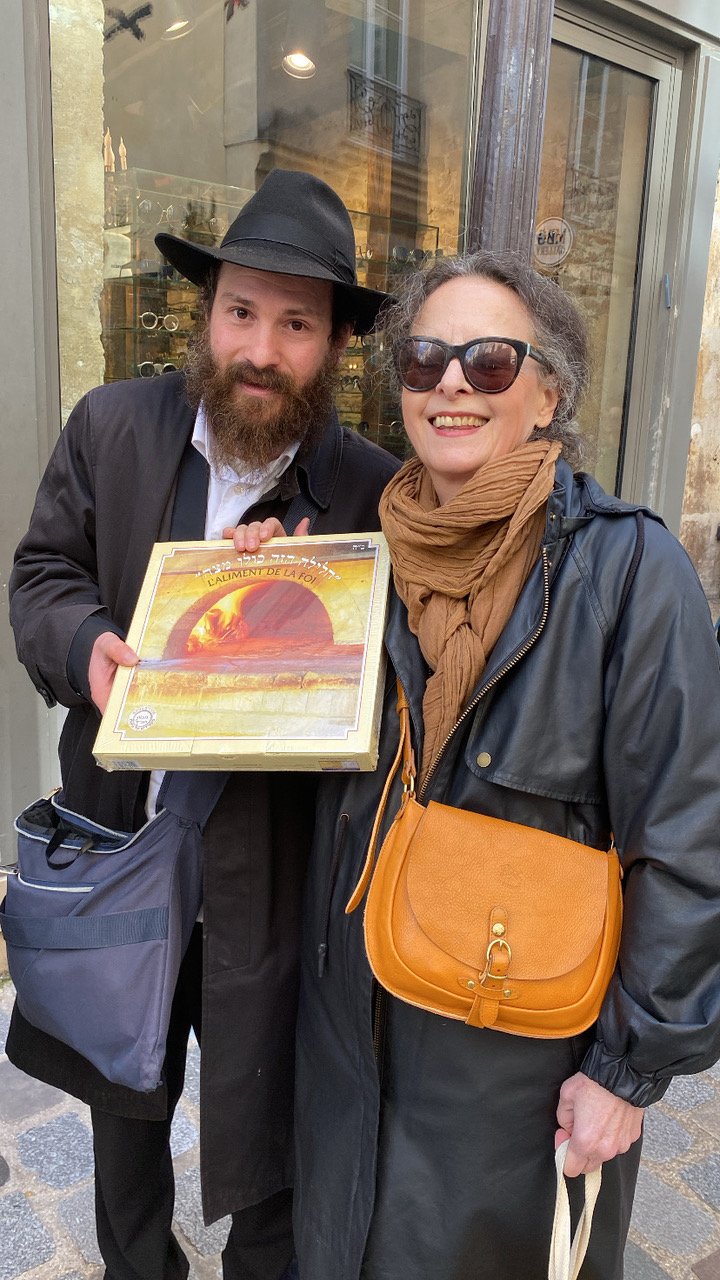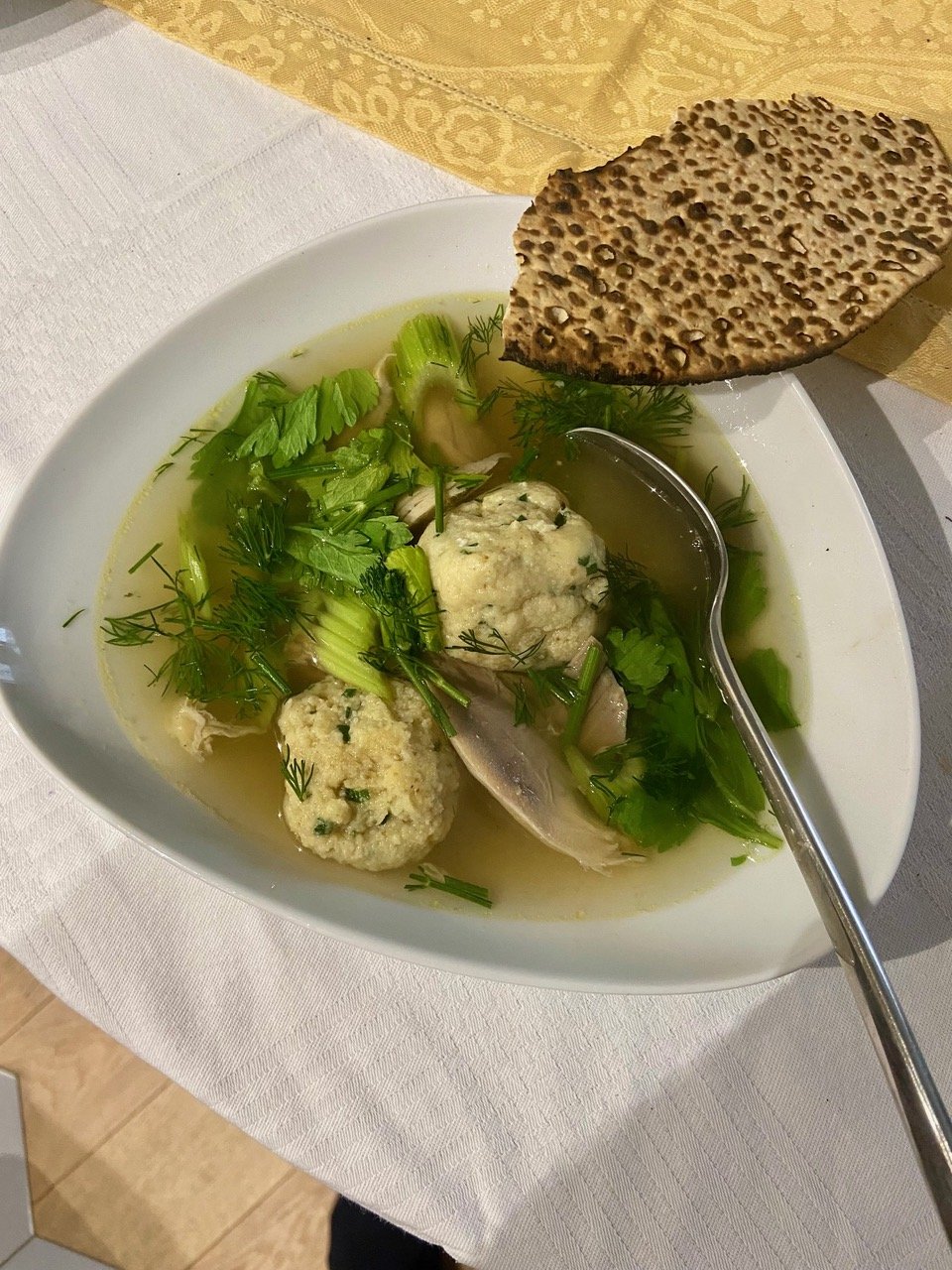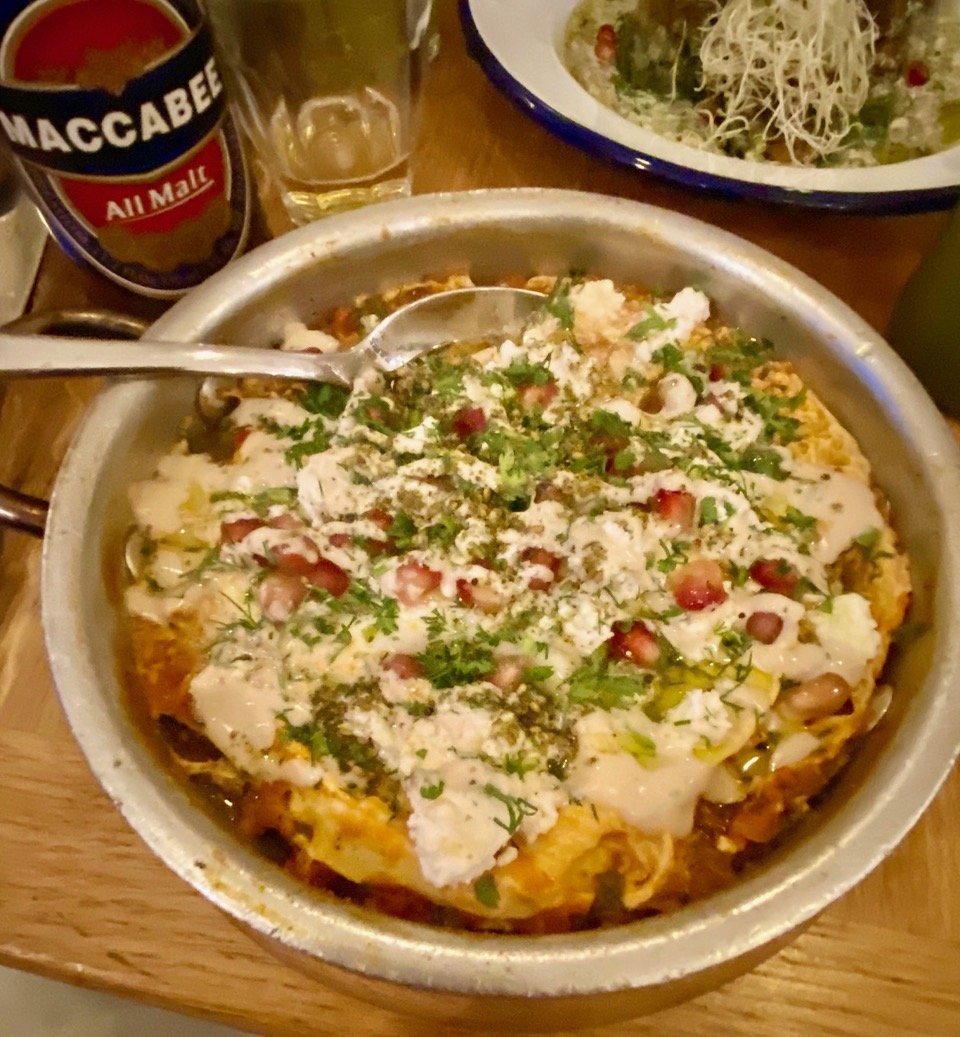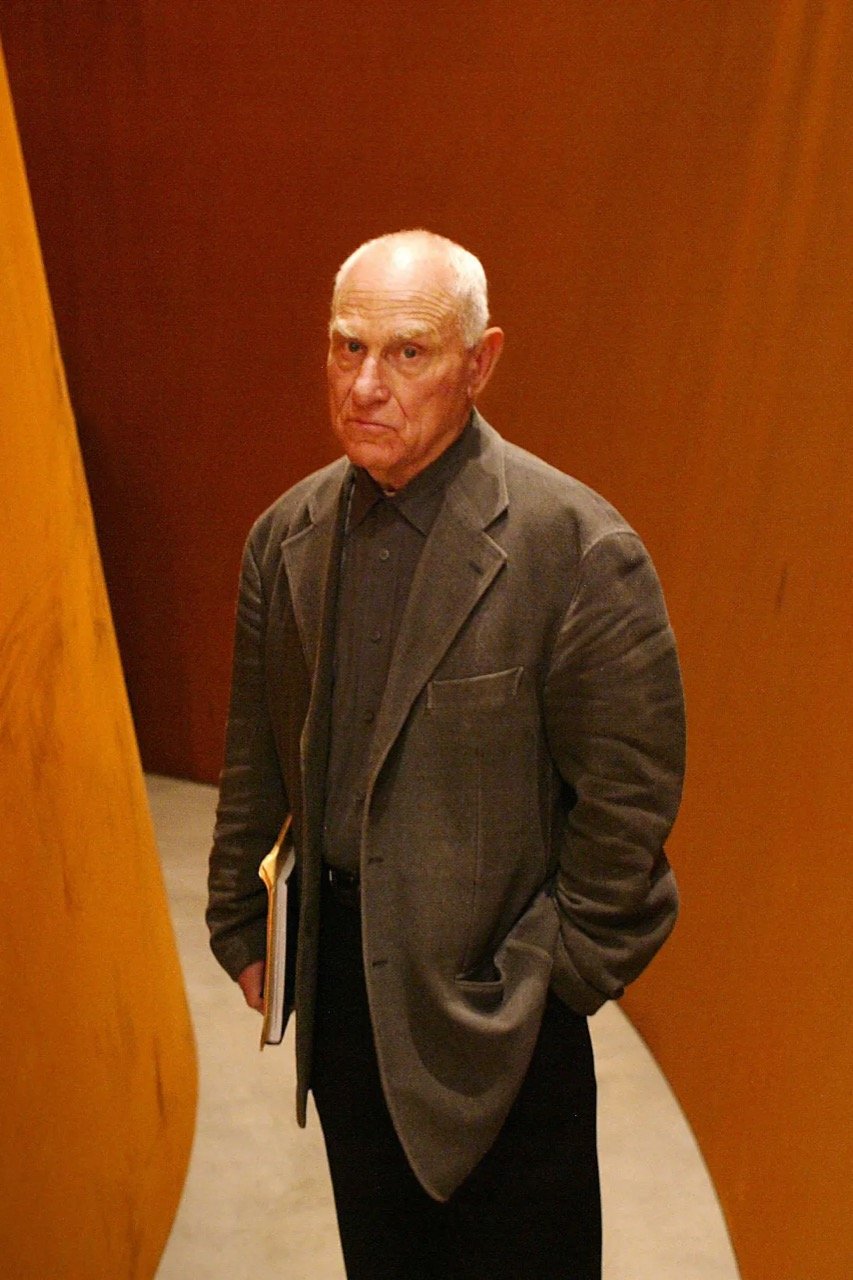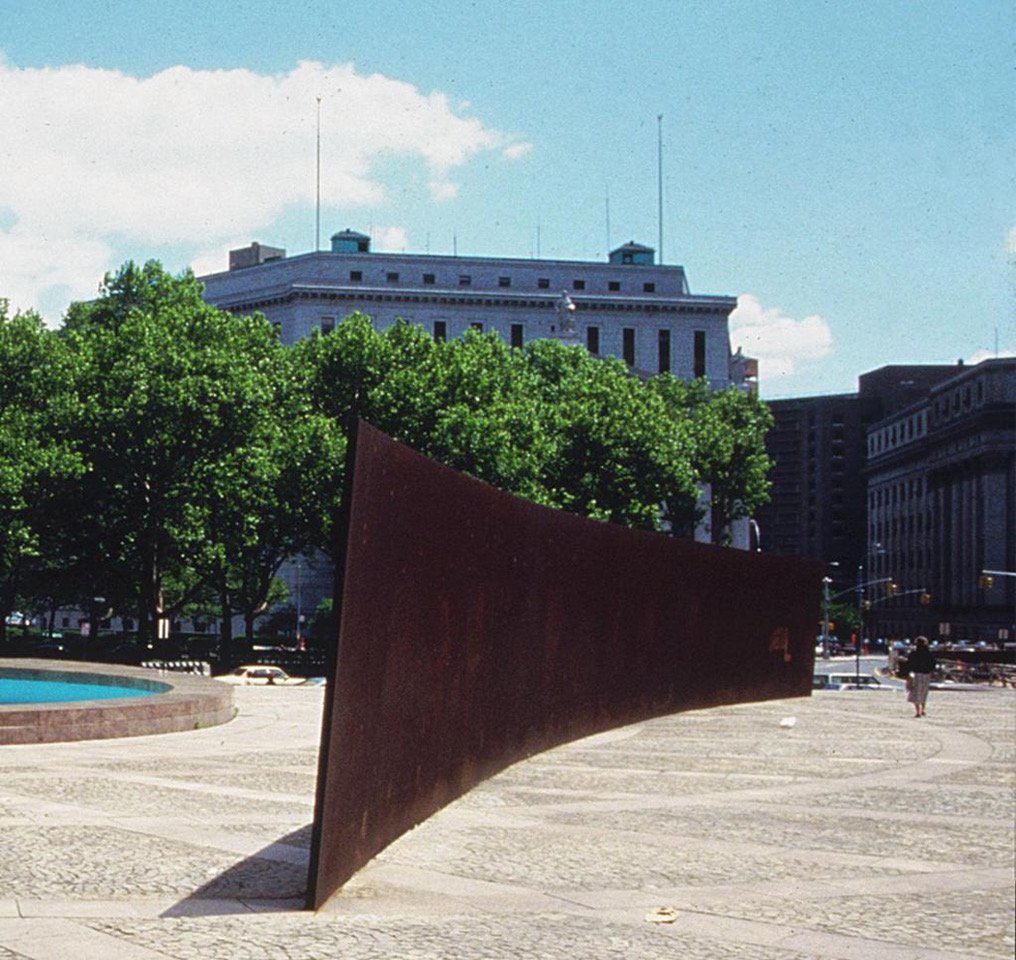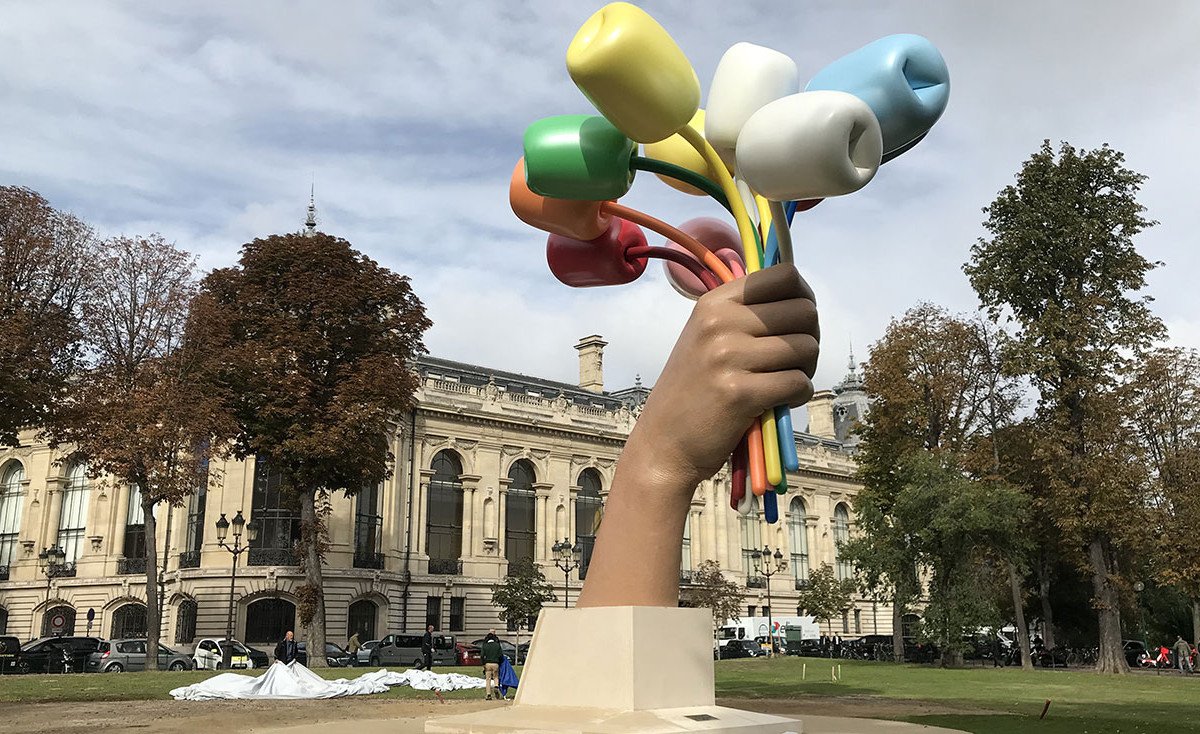This and That
Newsletter 04.28.2024
Bienvenue and welcome back to Musée Musings, your idiosyncratic guide to Paris and art. It’s been a busy week of holiday preparation and celebration. Easter seems like a long time ago, and yet, here we are, only now getting around to celebrating Passover. Usually the two holidays overlap. After all, they are about the same Jewish feast. The Last Supper which Jesus and the Apostles ate together was the first night of Passover. Unlike most holidays, Passover and Easter aren't anchored to specific dates. They are pegged to the lunar calendar, where months are measured by how long it takes the moon to go from new to full to new again. Easter is the first Sunday after the full Moon that occurs on or after the spring equinox. The date that Passover is celebrated is the first night of a full moon after the spring equinox during the first month of the Jewish calendar. Which usually means that they are celebrated at the same time - the result is usually chocolate covered matzoh! But not this year, my Easter chocolate was mostly gone when matzoh appeared on the menu!
Something came over me this year and I developed a hankering for gefilte fish. I haven’t eaten it in ages. I remember seeing bottles of it in supermarkets when I was growing up. I don’t think I have ever seen it here. Well, the truth is, I have never looked for it. So, Google and of course there is a place to get it just a few blocks away. Florence Kahn is a ‘traiteur,’ (sells prepared foods), boulangerie and charcutier (delicatessen). I have walked by hundreds of times. (Fig 1) I have stood almost in front of it dozens of times waiting for my falafel at L’as du Falafel. This time, there was a line out the door and I had to wait quite a while to get in. While I waited, who should pop up but the guy who runs around the Marais asking people if they are Jewish. (Fig 2 and above) This time he gave me a box of matzoh, kosher, made in Israel.
Figure 1. Florence Kahn, traiteur, boulangerie, charcutier, rue des Ecouffes
Figure 2. The matzoh guy last summer with Nicolas
In addition to making Alison Roman’s chicken soup and matzoh balls (both incredibly easy, both incredibly delicious), (Fig 3) I made two simple desserts - Melissa Clark’s macaroons - a foolproof mixture of egg white and shredded coconut formed into balls and stuffed with whatever strikes your fancy - pistachios for me this year. And bake for 15 minutes. There was another Melissa Clark recipe that I had never seen before, a version of which I also found on David Lebovitz’s website. I went with David’s - less sugar, more straightforward. Mix butter and sugar in a saucepan until it boils. Pour and spread over matzoh (salted is best). Bake for 15 minutes. Once out of the over, sprinkle the top with chopped chocolate. Wait 5 minutes and spread the now melted chocolate over the caramel covered matzoh. Sprinkle toasted almonds over that if that’s your thing. After it cools, break into pieces and enjoy. (Fig 4) David says you can also make it with saltines. Nicolas is bringing me saltines next month.
Figure 3. Alison Roman’s recipe for Chicken soup with matzoh balls (and piece of matzoh from matzoh guy)
Figure 4. Melissa Clark’s Macaroons and David Lebovitz’s chocolate covered caramel matzoh with toasted almonds
I’ve been meaning to tell you about a dinner I had at Tavline, Yotam Ottolenghi’s casual Israeli restaurant in the Marais. But I’ve been waiting to see if my opinion has mellowed. I’m not sure it has but here goes anyhow. Tavline was initially scheduled to open last November, but with the Hamas/Israeli war just getting started, the opening was postponed until the end of January. I didn’t get around to eating there until recently. With trepidation. My husband and I traveled internationally a lot during the 1980s (we were living in Australia) and there were frequent terrorist attacks at airports. I also knew a woman in graduate school who was killed during the terrorists attack at Chez Jo Goldenberg in the Marais in 1982. Not the best memories to bring to dinner.
Before I tell you about the dinner, I should tell you this: I own most of Ottolenghi’s cookbooks. Although after I follow a recipe a few times, I figure out what of the (too) many steps I can delete. And this: I decide where to stay in London based upon the locations of Ottolenghi’s delis, which means I stay in Hampstead, Islington, Chelsea or Nottinghill. Yes, the food is expensive but it’s excellent. And actually I have found that excellent take-away food costs about as much as ordinary food at restaurants. I have never felt compelled to eat at an Ottolenghi restaurant when I’m in London. But if I want to taste Ottolenghi here it Paris, this cafe is my only option.
Tavline is very casual but booking is obligatory. You have to choose either 7:30 p.m. or 9:30 p.m. If you book for 7:30 p.m. you have agree to leave by 9:00 p.m. So they can get ready for the second seating, of course. But in Paris, where one can sit and nurse a cafe all morning and eat dinner as long as you want, it’s a little off putting.
What I like best about Ottolenghi food is that the flavors are always so vibrant and often so unexpected. Maybe I ordered wrong, but the flavors of what I ate were muddy. My starter was called ‘Temani Tacos’ made with laoch bread (which was mushy) filled with Mshuya (Tunisian/Jewish ratatouille which was mushy and bland). There was green tahina but it wasn’t spicy. There were pickled carrots and red onions but not enough to save it. My friend ordered Saruf, a burnt (intentionally) slice of eggplant with feta/capers/garlic and tahina. That was a lot better.
My main alas, was even more boring than my starter - grilled fish balls on a bed of lentils with yogurt and candied lemon. I took a few bites and stopped. I asked the server to pack it up. When I ate it the next day, I doctored it up with a couple squirts of sriracha sauce and some rice. It tasted much better. My friend ordered ‘Real Israeli Shakshouka’ which was pretty good but pretty expensive at 21€ for one egg and some feta in tomato sauce.
The dessert which we shared was the most interesting dish. It was a chocolate mousse with red pepper coulis and vanilla olive oil. The thing I love best about Ottolenghi is that he experiments with familiar ingredients. For example, he puts into savory dishes ingredients we associate with sweet dishes and vice versa. The red pepper coulis was spicy and worked perfectly with the dense chocolate mousse. The vanilla olive oil added the same counterpoint that whipped cream would have done but was lighter and somehow, fresher. (Figs 5-9)
Figure 5. My tacos at Tavline
Figure 6. Burnt eggplant starter
Figure 7. Ground fish balls sitting on a bed of lentils and yogurt.
Figure 8. Shakshouka, as with every dish, this one is sprinkled with pomegranate seeds and showered with dill
Figure 9. Chocolate mousse with red pepper coulis and vanilla olive oil (and dill)
The menu is currently limited to 4 starters, 4 mains and 4 desserts. I won’t go again until the menu changes. And when I do, I will ask the server to tell me what the most flavorful items are and those are the ones I will order.
While I was doing all of that, I was also exhibition hopping, I saw ‘1874, the Invention of Impressionism,’ at the Musée d’Orsay, ‘Constantin Brancusi’ at the Centre Pompidou, ‘The Birth of Department Stores 1852-1925,’ at the Musée des Arts Decoratif and a fabulous exhibition at the Louvre on Jan van Eyck’s recently restored Chancellor Rolin with the Virgin and Child. I’ll tell you about them all soon. But this week, it’s sculptor Richard Serra, who died last month. There’s a Paris connection.
You have probably heard of Serra, probably (hopefully) experienced some of his sculptures. (Fig 10) They don’t sit on pedestals. They are not human scale. They are huge. They define your progression through space. As you walk along them and through them, you experience the space around them. If the place is familiar to you, you will see it in a new way.
Figure 10. Richard Serra walking through one of his own sculptures
I seem to bump into Serra sculptures with some frequency. For a few years,‘Sequence’ was at the SFMoMA. (Fig 11) That sculpture, which I spent a lot of time walking around and in and through, is composed of 12 steel plates and weighs a total of 235 tons. I know how much it weighs because it is listed. Deborah Solomon, one of the people whose art reviews I most enjoy reading, noted in an article in the New York Times (2019) that while we wouldn’t think of talking about the weight of a Giacometti sculpture or a Calder mobile, weight is nearly always noted when discussing Serra. Which surely pleased Serra ,who told Solomon, ‘with a hint of pride,’ in reference to an exhibition he was preparing at the time, “This is my heaviest show ever.”
Figure 11. Richard Serra’s ‘Sequence’ at SFMoMA. The space was created just for this piece which is now at Stanford
‘Sequence’ moved from SFMoMA to Stanford a few years ago. Neither institution owns it, the Fisher family does. They spent a lot of their fortune (they founded Gap) on a lot of modern art which they keep loaning to institutions instead of building a museum to house them. I have seen Serra’s work elsewhere, too - like at the Guggenheim Museum in Bilbao, Spain, but I have never enjoyed his work more than at the Louisiana Museum, outside of Copenhagen, the museum I fell in love with last summer. (Fig 12)
Figure 12. Serra’s sculpture at the Louisiana Museum outside of Copenhagen
In reading about Serra, there are lots of successes and not a few scuffles with colleagues and clients alike. But for me, fascinated as I am with art that is created for the public and then rejected by that public, two projects stood out, one in New York called ‘Tilted Arc’ (Fig 13) and one in Paris, called ‘Clara-Clara’.
Figure 13. Serra, ‘Tilted Arc’, Jacob Javitz Building, New York City
A few days after Serra’s death, Michelle Young (Hyperallergetic), wrote about Serra’s Paris sculpture, Clara-Clara (his wife’s name is Clara). Originally created for the Centre Pompidou, it was too heavy for that site so it was installed in the Tuileries gardens instead. Where it enraged the park going public. In 1985, and by then the property of the City of Paris, it was moved to the Parc Choisy. Where it was no better received. In 1990, it was dismantled and put into storage, resurrected only once, for a 2008 exhibition. With Serra’s death and Young’s article, discussion is once again underway to find a way to bring Clara-Clara out of storage and into public view.
Figure 14. Serra’s ‘Clara-Clara’ in Tuileries Gardens
Oops, no more space, Richard Serra, a full review, next week. Until then, here’s a post on the Paris public’s reaction to Jeff Koons’ Bouquet of Tulips (Fig 16) which now sits in the garden in front of the Petit Palais. Jeff Koons goes to Paris. Gros Bisous, Dr. B.
Figure 16. Bouquet of Tulips, Jeff Koons, Petit Palais Garden, Paris
Copyright © 2024 Beverly Held, Ph.D. All rights reserved
Dear Reader, I hope you enjoyed reading this article. Please sign up below to receive more articles plus other original content from me, Dr. B. Merci!
And, if you enjoyed reading this review, please consider writing a comment. Thank you!
